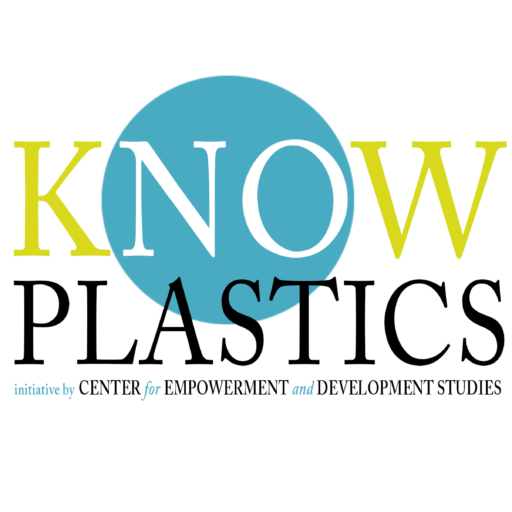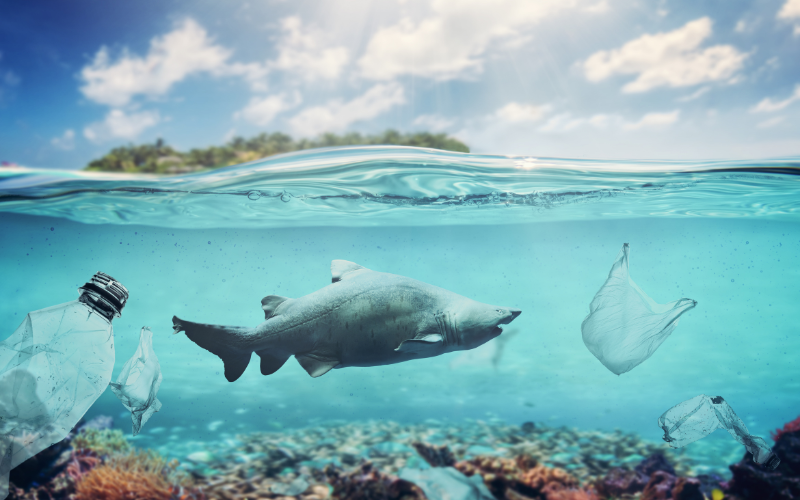Plastic pollution poses a significant threat to wildlife conservation efforts globally, impacting diverse ecosystems and endangering species across terrestrial and marine environments. Understanding the profound implications of plastics on wildlife is essential for developing effective conservation strategies and mitigating the ecological consequences of plastic waste.
Impact of Plastics on Wildlife
- Ingestion and Entanglement: Marine and terrestrial wildlife are particularly vulnerable to ingesting or becoming entangled in plastic debris. Animals mistake plastic fragments, bags, and packaging materials for food, leading to internal injuries, blockages, and starvation.
- Toxicity and Contamination: Plastics can absorb and accumulate harmful pollutants from the surrounding environment, including persistent organic pollutants (POPs) and heavy metals. When ingested, these toxins can bioaccumulate in animal tissues, affecting reproductive health, immune function, and overall survival.
- Habitat Degradation: Accumulation of plastic waste in natural habitats, such as oceans, rivers, and forests, alters ecosystem dynamics and disrupts wildlife habitats. Coastal habitats, in particular, are heavily impacted by plastic debris, posing threats to marine mammals, seabirds, and aquatic species.
Case Studies and Examples
- Marine Species: Sea turtles often mistake plastic bags and floating debris for jellyfish, a staple in their diet. Ingestion of plastics can lead to intestinal blockages and starvation. Similarly, seabirds like albatrosses and petrels can ingest plastic fragments, affecting their digestive systems and overall health.
- Aquatic Life: Fish and marine mammals may ingest microplastics, which can accumulate in their tissues and transfer toxins up the food chain. This poses risks to human health through seafood consumption and threatens biodiversity in marine ecosystems.
- Terrestrial Wildlife: Land animals, such as mammals and birds, encounter plastic waste in their habitats. Entanglement in plastic netting or packaging materials can cause injuries, restrict movement, and impair foraging and reproductive behaviors.
Conservation Challenges and Solutions
- Awareness and Education: Raising awareness among the public, industries, and policymakers about the impacts of plastic pollution on wildlife is crucial for fostering behavioral change and promoting responsible consumption and waste management practices.
- Policy and Regulation: Implementing and enforcing regulations to reduce plastic production, promote recycling, and ban single-use plastics can mitigate environmental contamination and protect wildlife habitats.
- Innovation and Technology: Advancing technologies for plastic waste management, including recycling and biodegradable alternatives, supports sustainable practices and reduces wildlife exposure to plastic pollution.
Collaborative Efforts and Global Initiatives
- International Cooperation: Collaborative initiatives among governments, NGOs, and international organizations promote knowledge-sharing, research, and coordinated actions to address plastic pollution and its impacts on wildlife globally.
- Conservation Practices: Integrating plastic pollution mitigation strategies into broader wildlife conservation efforts ensures holistic approaches to protecting biodiversity and ecosystems from anthropogenic threats.
Conclusion: Towards Sustainable Coexistence
Plastic pollution poses significant challenges to wildlife conservation, requiring concerted efforts to reduce plastic waste, promote sustainable practices, and safeguard biodiversity. By fostering global cooperation, embracing innovation, and empowering communities to adopt environmentally responsible behaviors, we can mitigate the impacts of plastics on wildlife and create a more sustainable future where wildlife and ecosystems thrive in harmony with human activities. Prioritizing wildlife conservation alongside plastic pollution mitigation is essential for preserving Earth’s natural heritage and ensuring the well-being of future generations.


